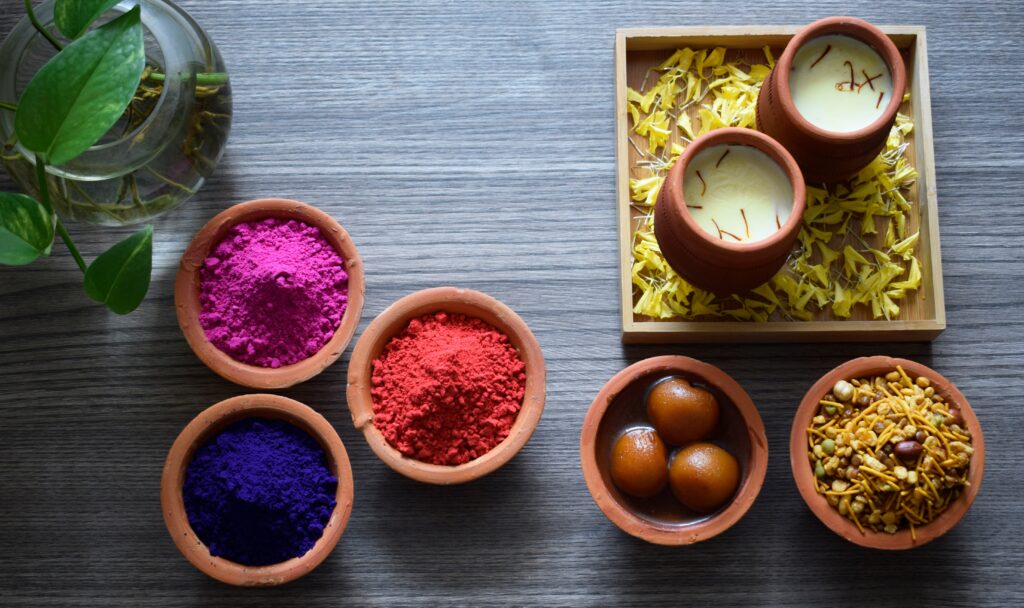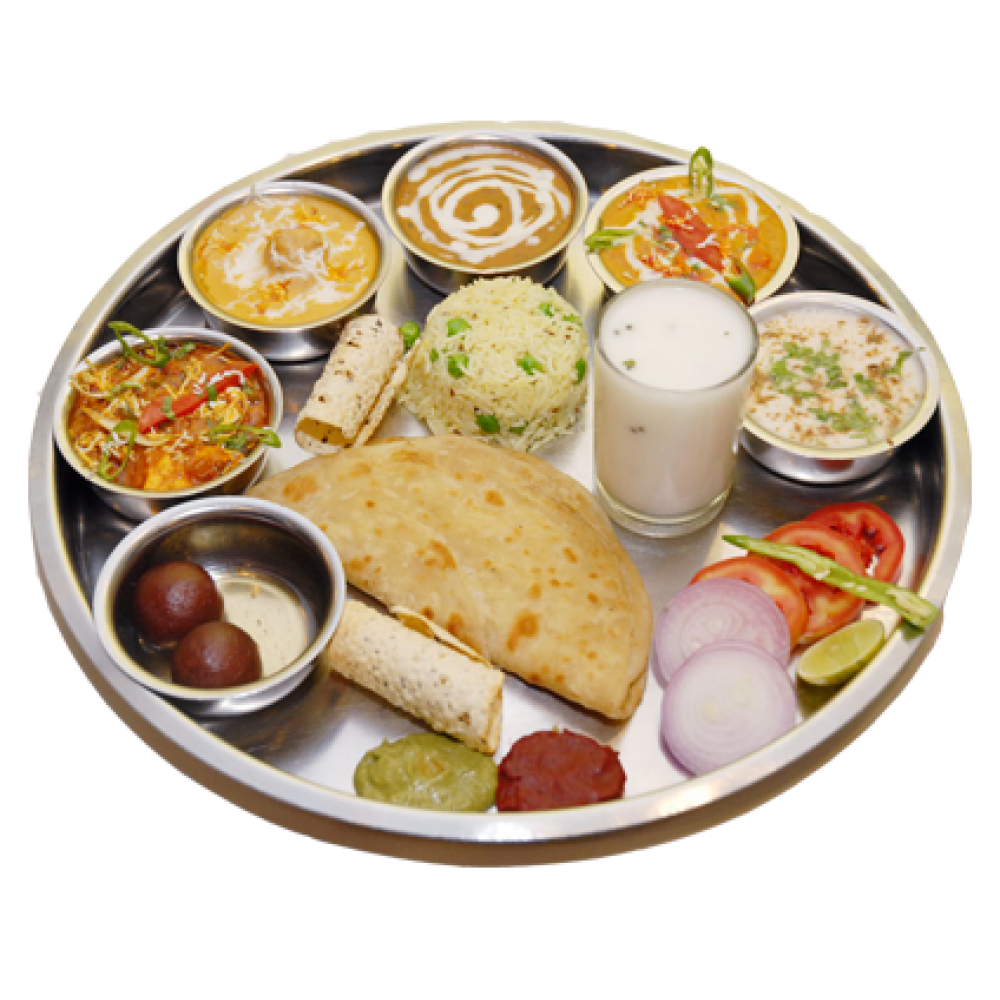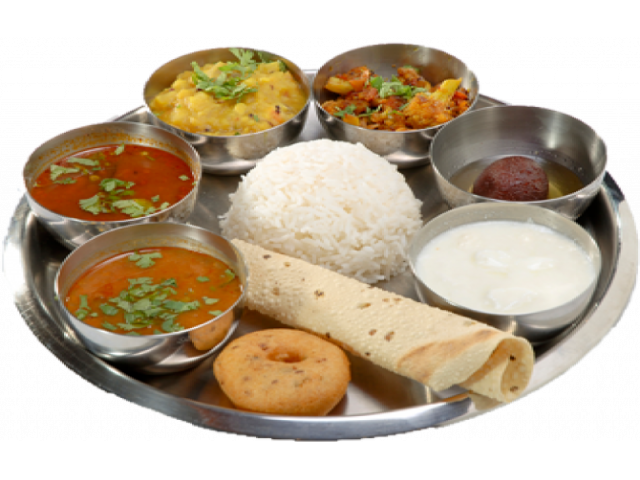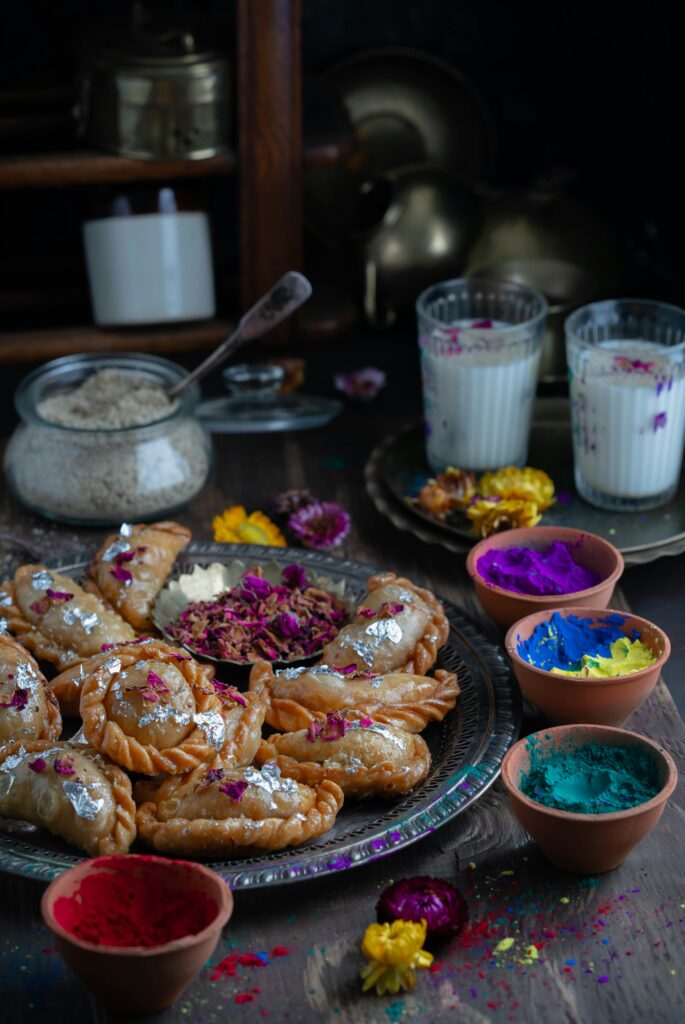The Importance of Food in Festivals in India….
India is a land of festivals, rich in cultural diversity, tradition, and spirituality. With its multitude of religions, languages, and regional customs, festivals are an integral part of Indian life. Whether it’s Diwali, Eid, Holi, Christmas, Pongal, Baisakhi, or Durga Puja, every celebration is deeply connected with food. Across the country, food is not merely sustenance during festivals—it becomes a symbol of heritage, a form of devotion, a social bond, and an expression of joy and gratitude. The importance of food in Indian festivals goes beyond taste and tradition; it carries deep cultural, religious, and social significance.
1. Food as a Symbol of Tradition and Heritage..

Each Indian festival has a unique menu associated with it, often passed down through generations. These traditional dishes are tied closely to the season, local ingredients, and the cultural history of the region. For example:
- During Diwali, families across India prepare and share sweets such as laddoos, barfis, soan papdi, and gujiya. In Maharashtra, chakli and shankarpali are popular, while in Tamil Nadu, murukku and adhirasam are made.
- Pongal, celebrated in Tamil Nadu, features the dish Ven Pongal and Sakkarai Pongal, prepared with freshly harvested rice, jaggery, and milk to mark the new harvest.
- In Punjab, Baisakhi is associated with sarson da saag and makki di roti, celebrating the harvest season with hearty, traditional flavors.
- Eid al-Fitr, celebrated by Muslims across India, features elaborate feasts with dishes like biryani, sheer kurma (a sweet vermicelli dish), kebabs, and haleem.
These foods serve as cultural artifacts, preserving ancient cooking techniques, ingredients, and regional identities. Preparing and consuming these dishes keeps traditions alive and provides a sense of continuity and belonging.
2. Religious and Ritualistic Significance..
In India, food and religion are deeply intertwined. During festivals, food becomes a spiritual offering, a way to express devotion and gratitude to deities. Most Indian festivals involve the preparation of “prasad”, or food that is first offered to gods and then distributed among devotees.
- During Durga Puja, in West Bengal, a sacred offering known as bhog is made, which includes khichuri (rice and lentils), labra (mixed vegetables), and sweets like rasgulla and sandesh.
- Janmashtami, the birthday of Lord Krishna, involves offerings of butter, milk-based sweets, and panjiri, as Krishna is believed to have loved dairy products.
- On Ganesh Chaturthi, Lord Ganesha is worshipped with modak, a sweet dumpling made from rice flour, coconut, and jaggery.
- In Sikhism, langar—a community meal served in gurdwaras during festivals like Gurpurab—emphasizes equality, service, and humility, where everyone, regardless of status or religion, eats together.
These ritualistic foods are prepared with care and purity, often with specific rules about ingredients and preparation methods. They create a sacred connection between the divine and the community and are essential to the spiritual fabric of the festivals.
3. Strengthening Social Bonds and Family Ties…
Food during festivals plays a central role in bringing people together. It is a time when families unite, friends gather, and communities celebrate in harmony. Sharing meals, exchanging sweets, and inviting neighbors over for festive dinners are common practices that foster social unity.
In many Indian homes, festival preparation is a group activity. Elders pass down recipes and techniques to younger generations, turning cooking into a cherished family ritual. Kitchens become hubs of activity, filled with laughter, aromas, and shared memories.
During Onam in Kerala, the Onam Sadya is a grand vegetarian feast served on banana leaves, comprising more than 20 dishes. It’s a symbol of communal harmony and is enjoyed by people of all religions and backgrounds.
Similarly, during Christmas, Indian Christians prepare cakes, roast meats, and sweets like rose cookies and kulkuls, which are shared with friends, neighbors, and the less fortunate.
The act of sharing food during festivals promotes compassion, generosity, and inclusivity, reinforcing the idea that festivals are for everyone.

4. Seasonal and Regional Relevance…
Indian festivals are often aligned with the agricultural calendar, and the food reflects the seasonal bounty. The dishes prepared during these times not only celebrate the harvest but also support health and well-being according to Ayurvedic principles.
- Makar Sankranti, celebrated in winter, features foods made with til (sesame seeds) and jaggery, both known for their warming properties.
- Holi, the festival of colors and spring, includes foods like gujiya, dahi bhalla, and thandai. These cooling, rich dishes align with the changing climate.
- During the monsoon festival of Nag Panchami, dishes like patholi (steamed rice rolls with coconut and jaggery) in Maharashtra are made using seasonal turmeric leaves.
The regional variety is astounding. From pitha in Assam to patishapta in Bengal and undhiyu in Gujarat, each dish is a reflection of local ingredients, agricultural cycles, and culinary customs. The connection between food and nature is especially emphasized during these times, showing gratitude to the earth’s abundance.

5. Economic and Community Impact..
Food-related preparations for festivals also have a significant economic impact. They boost local businesses, small vendors, sweet shops, and farmers. Markets become vibrant with activity as people buy ingredients, sweets, and kitchenware in large quantities.
In villages and towns, festivals support livelihoods for artisans who make traditional utensils, cookware, and food-related products. Seasonal jobs are created in food manufacturing and distribution, contributing to the local economy.
Moreover, the exchange of festive gift hampers, sweet boxes, and homemade delicacies during festivals is a common practice in corporate and social circles, enhancing relationships and goodwill.
6. Modern Adaptations and Fusion Flavors…
While traditional food remains central, modern India has embraced new ways of celebrating festivals with food. Fusion cuisine and health-conscious alternatives have emerged in urban homes. Vegan sweets, low-sugar desserts, and gluten-free versions of traditional dishes are now common, catering to contemporary tastes and dietary needs.
Young chefs and food entrepreneurs often experiment with classic recipes, creating innovative dishes like chocolate modak, biryani arancini, or rose-flavored gujiya, merging tradition with creativity. This evolution ensures that food continues to play a dynamic role in modern festival celebrations.

Conclusion…
Food is at the heart of every Indian festival, transcending its role as mere nourishment. It carries the essence of history, the spirit of religion, the warmth of family, and the color of regional diversity. Through food, festivals become not only a celebration of the divine and the seasonal but also a reaffirmation of human connections.
Whether it’s the sweet smell of ghee wafting through a Diwali kitchen, the spicy aroma of biryani on Eid, or the colorful spread of Holi treats, festival foods create memories, unite communities, and uphold the rich cultural mosaic of India. In every bite lies a story, a tradition, and a reason to celebrate life.
for more detail